Epidemic prevention in public toilets
Date:2020-04-22
1. Prevention and control features and requirements
① Prevention and control features
In the process of nutritional operation of public toilets, it is necessary to clean and disinfect public toilets, septic tanks and the surrounding environment, collect and transport public toilet garbage, and collect and transport feces. During the use of public toilets by suspected infected persons or close contacts, during the use of public toilets, saliva, droplets, fecal excreta and related waste products may become viral vectors.
②Prevention and control requirements
In order to avoid the spread of the virus, to prevent the public toilets from being infected by viruses, personnel infections or infection by outsiders, and to ensure the normal use of public toilets, it is necessary to attach great importance to the prevention and control of the epidemic situation of the public toilets’ custody, to achieve public toilets Zero infection targets for personnel.
2. Homework preparation
① Organize public toilet custody personnel to learn epidemic prevention and control knowledge. All custody personnel must know and fully understand the epidemic prevention and control knowledge. The prevention and control measures should be understood and done consciously. Everyone is popularized. .
②The tool room or custody staff in the public toilets are equipped with medical protective masks/medical surgical masks/N95 masks, gloves, rain boots, protective clothing, hats, goggles, reflective clothing and other labor protection supplies, and disinfectants, disinfectant alcohol and other disinfection Supplies and thermometers or thermometers.
③Custody personnel conduct body temperature test on and off work every day, and record "Physical Condition Registration Form". Custody personnel should take decisive measures such as isolation and medical treatment once the body temperature exceeds 37.3 degrees Celsius, fever, headache, cough, and fatigue, and report to the epidemic prevention and control department in time. No report shall be concealed, and no sickness shall be brought to the post.
④ Custody personnel develop the habit of washing hands frequently and beforehand, and wash hands before wearing masks, before wearing gloves, before leaving get off work, and after taking off gloves. Wash thoroughly, clean, and pay attention to personal hygiene.
⑤ Custody personnel should wear work clothes (or protective clothing), masks (medical protective masks/medical surgical masks/N95 masks), gloves, rain boots and other related protective equipment before work. The mask used should be replaced and handled in time.
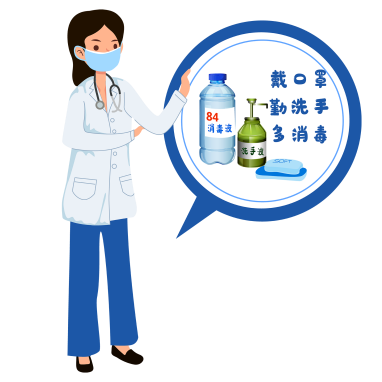
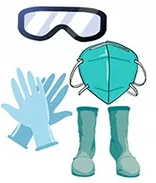
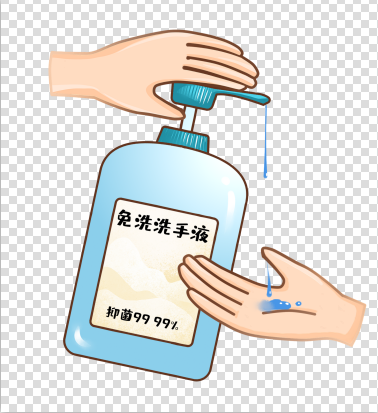
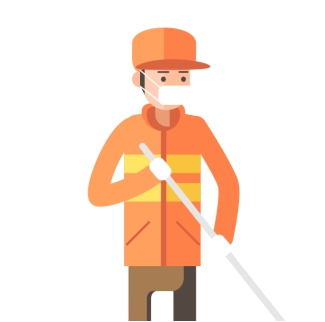
3. Operation protection
①Protection during operation
Maintain good ventilation in public toilets, open exhaust facilities, and force exhaust.
During the operation, do not take off the mask, gloves, or overalls, and do not touch the face, eyes, or mouth.
During daily nutrition, it is found that waste toilet paper, feminine hygiene products or other garbage have landed on the ground. They must be picked up with clips or other tools and placed in the waste paper basket.
②Protection after the operation
1. After the work is completed, you can replace work shoes, gloves, hats, work clothes, masks, etc. Discarded masks, paper towels, etc. (non-reusable) should be placed in designated containers and disinfected before cleaning. After changing the shoes, hats and work clothes, you need to measure the temperature and register before leaving get off work.
2. Reusable goggles, gloves, work clothes, etc. use disinfectant with an effective chlorine concentration of 200㎎/L after soaking and disinfecting for 20-30 minutes, then rinse with water and dry.
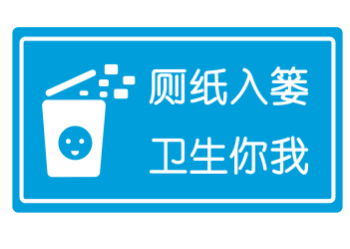

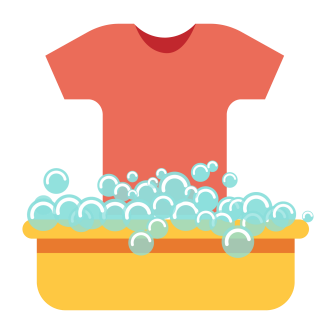
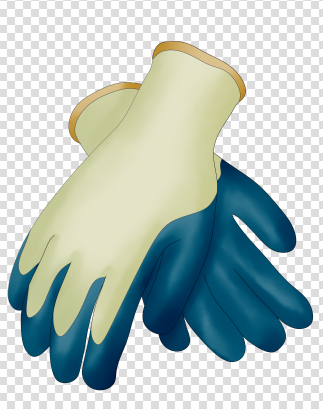
4. Equipment disinfection of operating facilities
①Disinfection of waste paper basket
The waste paper basket should be cleaned and collected twice a day, washed with water every day, and disinfected with a disinfectant solution with an effective chlorine concentration of 1000-2000㎎/L. For public toilets in densely populated places, it should be cleared as soon as it is full and cleared disinfect.
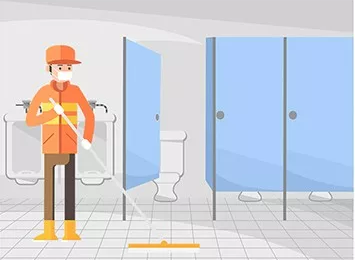
②Disinfection of public toilets (including tool rooms and rest rooms in public toilets)
Before working every day, use disinfectant solution with an effective chlorine concentration of 1000~2000㎎/L to spray and disinfect the walls, floors, septic tanks and surrounding environment of public toilets (including tool rooms and restrooms in public toilets) once, spray The volume is 200~300mL/㎡, and the operation can only be started after full disinfection.
During the opening period, squatting pans, urinals, washstands, wastebaskets and flush buttons, faucets, door handles, hooks and other facilities and equipment that are frequently touched by toilet personnel are disinfected for several times to achieve "full coverage without dead ends".
Method 1: Use disinfectant solution with an effective chlorine concentration of 1000~2000㎎/L to spray and disinfect public toilets every three hours, and the amount of spraying is 200~300mL/㎡.
Method 2: Use disinfectant with an effective spraying amount of 1000㎎/L to wipe the public toilet floor, squatting pan, urinal, hand washing station, waste paper basket and flush button, faucet, door handle, hook and other facilities And wet drag.
After the completion of each operation, flush the public toilets with water once, and then use disinfectant solution with an effective chlorine concentration of 1000~2000㎎/L to wash the walls, floors, The septic tank and the surrounding environment are sprayed and disinfected once, and the sprayed amount is 200~300mL/㎡.
③ Disinfection of maintenance tools and vehicles
Before the operation every day, the disinfection solution with an effective chlorine concentration of 1000~2000㎎/L is used to spray and disinfect the maintenance tools and vehicles once.
After each operation is completed, wash the maintenance tools and vehicles such as trolleys, electric vehicles, garbage trucks, and manure collection vehicles with water once, and then use a disinfectant solution with an effective chlorine concentration of 1000 to 2000㎎/L for the maintenance Work tools and vehicles are sprayed and disinfected once.
5. Daily custody
① Standard cleaning and maintenance
In accordance with the relevant provisions of the hygienic management regulations for public toilets, focus on public toilets in crowded places, increase cleaning efforts, and effectively do the “three links” work of toilets such as “water, electricity, and ventilation”, and timely configure sanitation and other sanitation Supplies. Strengthen the inspection and maintenance of toilets (including urinals), faucets and other facilities, and dredge the fecal pipes in time to ensure normal use.
②Intensified sterilization and disinfection
For public toilets in key areas and sensitive places, the frequency of disinfection should be increased, and fecal sewage should be disinfected in accordance with relevant standards.
③Strengthen the management of toilet baskets
In order to prevent the virus from spreading through feces, the male toilet seats cancel the waste paper baskets, and the female toilet seat waste paper baskets are all covered with economic belts. During the opening hours, the custody staff strengthened the inspection of the brother toilet seats to achieve "one guest, one clean". In addition to throwing away feminine hygiene product waste into waste paper baskets, toilet paper and other soluble waste can be washed away with water.
④ Regular inspection of the septic tank
Each management unit should strengthen the maintenance of the septic tank, regularly check the septic tank cover, guide pipes and other related facilities, and replace the damaged manhole cover in time to avoid the overflow of the septic tank.
⑤ Standardize the collection and transportation of excrement
Before the manure collection truck leaves the vehicle, after each manure septic tank sucks the manure, after the manure treatment plant unloads the manure, and after the manure collection truck returns to the team, the vehicle will be fully disinfected. The places and surfaces of objects that may be contaminated by feces should also be fully disinfected.
⑥Enhanced end processing
After entering the manure treatment plant, the manure collecting and transporting vehicle shall be discharged to the designated discharge port. After the excrement is discharged, the excrement remaining in the special suction pipe is washed, and the sewage scattered on the ground is washed into the manure storage tank with tap water or reclaimed water for harmless treatment. Every fecal treatment plant should strengthen daily disinfection every day, and the disinfection frequency should be increased during operation.
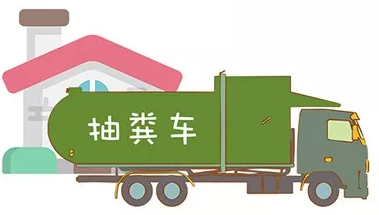
6. Publicity and guidance and supplies
①Promotion and guidance
Warm reminders for epidemic prevention and control should be set up in conspicuous locations at the entrances of public toilets, men’s and women’s toilets, and hand-washing stations. Contents include toilet personnel wearing masks, not throwing litter, not spitting, dropping feces and urine outside the toilet, and Relevant information about the disinfection of public toilets by the custody unit.
②Materials and equipment
Protective materials (including masks, gloves, rain boots, protective clothing, goggles, hats, hand sanitizers, disinfectants, thermometers, etc.) are set up with dedicated personnel management, equipped with sufficient common drugs, first aid kits and equipment.
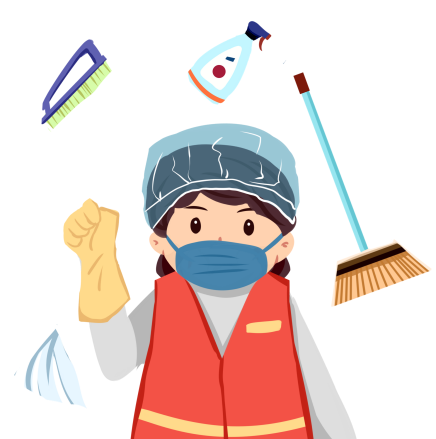
The reserve of protective materials should be guaranteed for at least one week, otherwise, it should be promptly reflected by the relevant local authorities.
The maintenance unit shall designate a special person to operate the disinfection and make a record of disinfection.
The custody unit should appoint a special person to configure the disinfectant, manage the disinfection medication and disinfection tools (sprayers, etc.) to strengthen the management of disinfection and other disinfection supplies to ensure safe use.
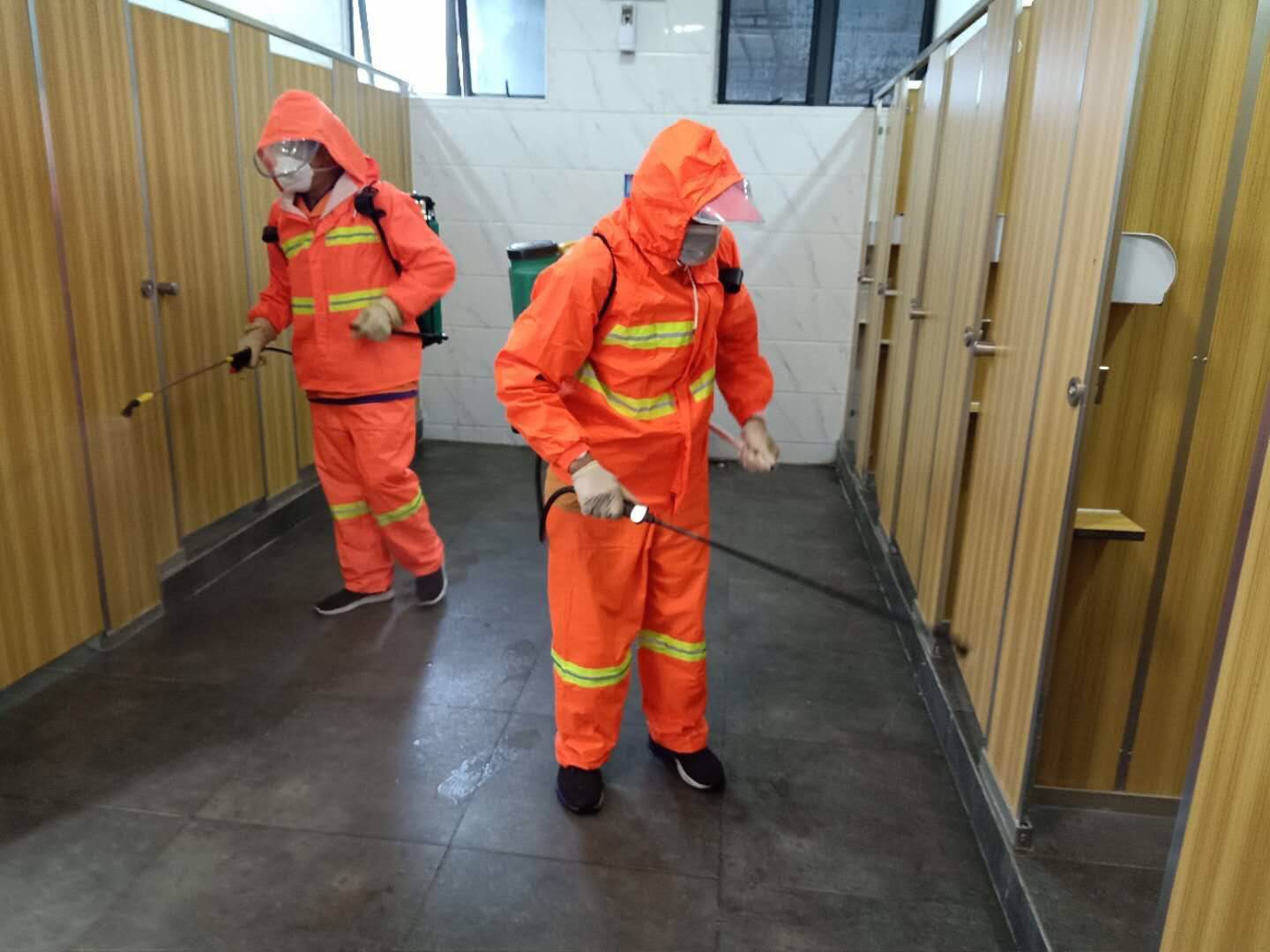
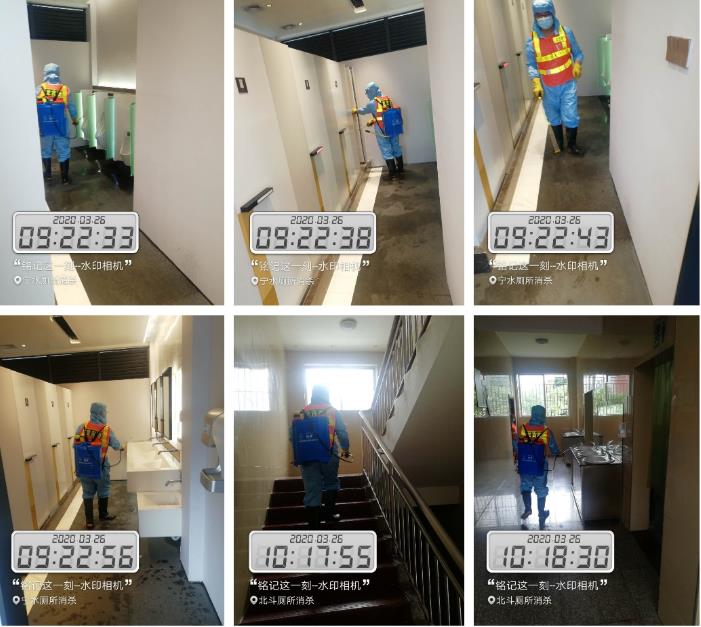
- Previous:返回列表
Next:Cleaning, collecting and transporting operations - Return


